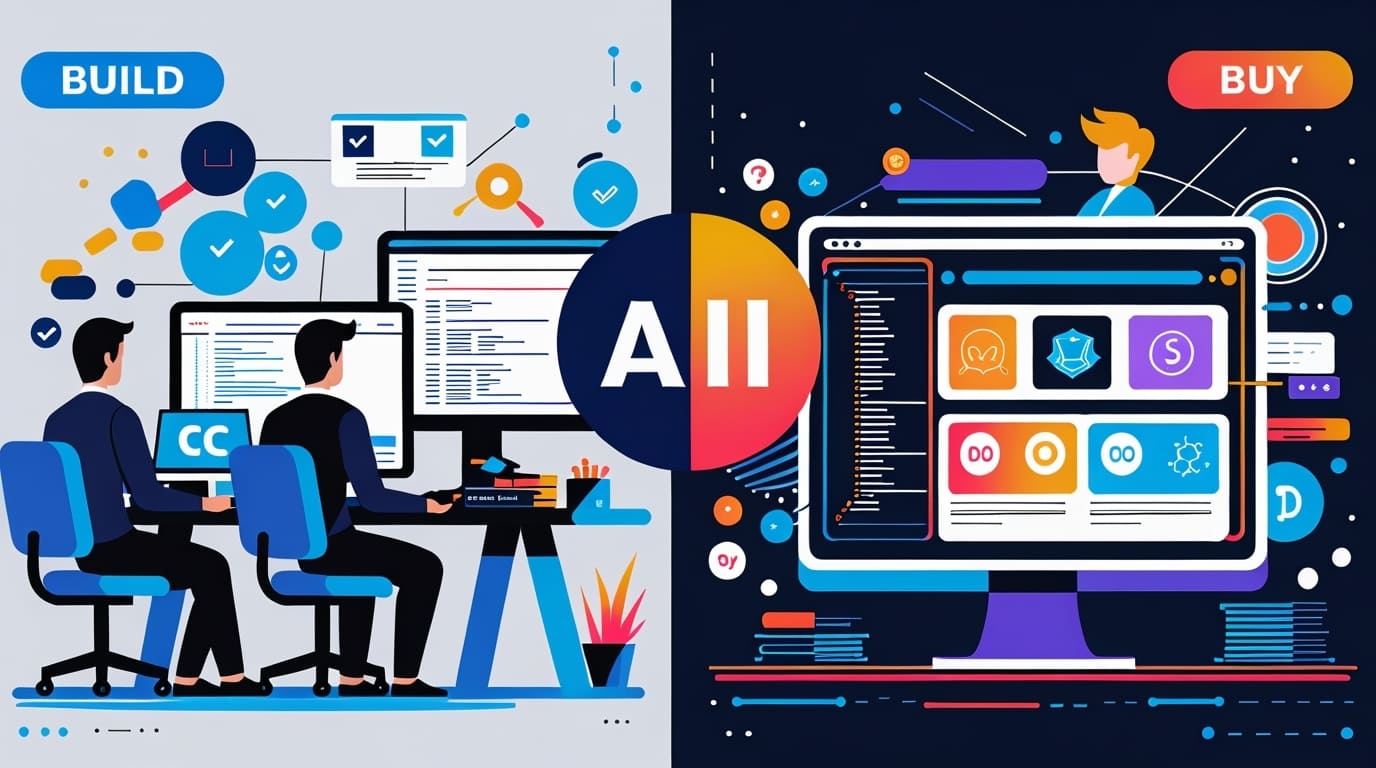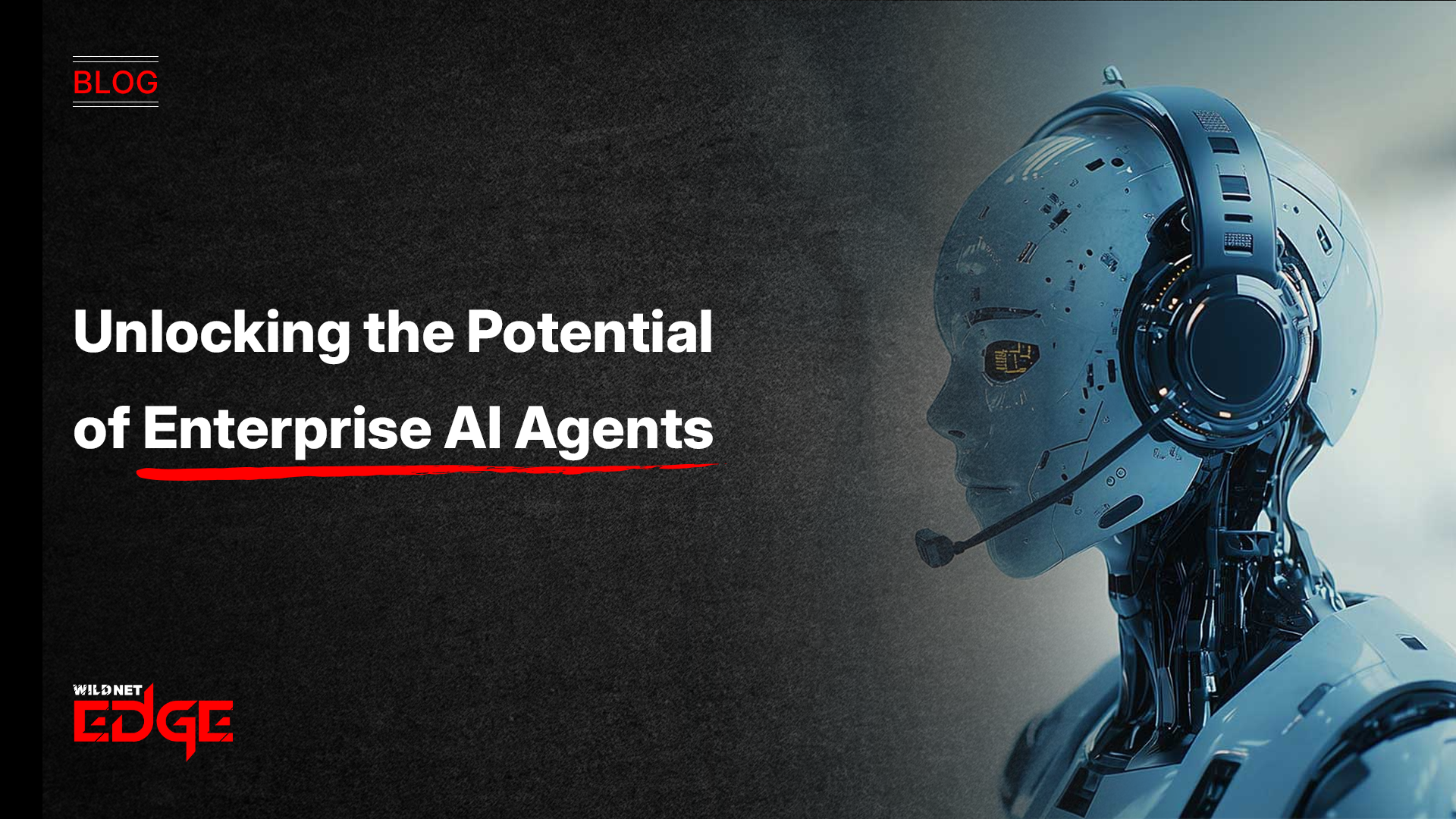Struggling to get your app noticed in the crowded SaaS market? Wondering how to efficiently reach millions of Salesforce users while maximizing your revenue? The Salesforce AppExchange is your golden ticket. This vibrant marketplace connects independent software vendors (ISVs) with businesses actively searching for custom solutions that enhance their Salesforce ecosystem.
In this guide, you’ll learn how to build, list, and monetize your app effectively on Salesforce AppExchange—leveraging managed packages and the ISV partner program to scale your business fast. Whether you’re a first-time developer or a seasoned SaaS entrepreneur, this step-by-step roadmap focuses on practical tactics and 2025-specific strategies to help your app cut through the noise.
Understanding Managed Packages: The Backbone of Salesforce Apps
When it comes to deploying apps on Salesforce AppExchange, managed packages are foundational. Essentially, a managed package is a containerized bundle of all the components that comprise your Salesforce app, including Lightning components, Apex classes, Visualforce pages, workflows, and custom metadata.
Definition and Components of Managed Packages
A managed package is a collection of metadata and code developed in a Salesforce Developer Edition org, then packaged and distributed for installation in customer orgs. Unlike unmanaged packages, managed packages are locked and upgradeable, meaning developers retain control over the app’s intellectual property (IP) while enabling seamless updates. Key components include:
- Lightning Web Components (LWC) and Aura components for interface development
- Apex classes and triggers for business logic
- Custom objects and fields for data modeling
- Flow and Process Builder elements for automation
Benefits: Security, Version Control, and IP Protection
Managed packages provide robust advantages critical for scalable app development:
- Security: Code is namespaced with unique prefixes, limiting conflicts with customer orgs and protecting IP.
- Version Control: Developers can push updates and patches without users reinstalling the entire app, maintaining consistency.
- IP Protection: Source code is obscured from subscribers, enabling proprietary logic to remain confidential.
- Scoped Customizations: Custom settings and metadata effortlessly isolate package data, preventing unintended overwrites.
How Managed Packages Enable App Updates Post-Release
One of the biggest challenges in SaaS ecosystems is maintaining and evolving apps after launch. Managed packages allow ISVs to deliver new features, security patches, and performance improvements directly through package upgrades without requiring manual uninstalls or causing downtime for users. This capability makes your app future-proof within Salesforce’s evolving platform standards.
For 2025, Salesforce’s revamped packaging architecture, coupled with Salesforce DevOps Center integration, gives developers streamlined versioning and CI/CD pipelines, fostering faster release cycles and higher quality apps.
Becoming a Successful ISV Partner
Building your app is only half the battle. To effectively list and monetize on Salesforce AppExchange, you need to become an official ISV partner.
Steps to Join the Salesforce ISV Partner Program
Joining the ISV partner program involves:
- Registering on the Salesforce Partner Community: Complete your partner profile, agreeing to program terms.
- Creating and Testing Your App: Use Salesforce scratch orgs to build a managed package following Salesforce architecture best practices.
- Completing the Security Review: Your app undergoes a rigorous security check before listing.
- Publishing Your Listing: Upon approval, submit your app listing with screenshots, detailed descriptions, and marketing collateral.
Program Benefits: Technical Support, Marketing, and Co-Selling Opportunities
Becoming an ISV partner unlocks critical resources such as:
- Technical Support: Access to Salesforce developer support teams and sandbox environments for troubleshooting.
- Marketing Resources: Use AppExchange marketing toolkits, participate in Salesforce webinars, and tap into the Salesforce partner marketing fund (PMF).
- Co-Selling: Work with Salesforce account executives to identify mutual sales opportunities through Salesforce’s co-selling initiatives.
- Training and Enablement: Regular product updates, certification programs, and partner-exclusive events.
Requirements and Compliance Considerations for ISV Partners
Salesforce imposes stringent requirements to maintain AppExchange quality, including:
- Security and Compliance: Compliance with Salesforce’s strict security standards, GDPR, and other relevant frameworks.
- Code Quality: Apps must be free from critical bugs and follow Apex governor limits to ensure platform stability.
- Documentation: Clear user guides, release notes, and support contact information must accompany listings.
By understanding and meeting these criteria, your app will maintain trust, ensuring long-term viability in a competitive marketplace.
Step-by-Step: Build Your App for AppExchange
Developing an app that excels on Salesforce AppExchange means designing specifically for Salesforce’s ecosystem, leveraging its native tools and architectures.
Designing App Architecture Within Salesforce Limits
Start by architecting your app with platform scalability and multi-tenant safety in mind:
- Use Salesforce Objects and fields prudently to minimize complexity.
- Design APIs that integrate smoothly with external systems while respecting Salesforce’s API limits.
- Prioritize declarative tools like Flow where possible, reserving Apex for complex logic.
Using Salesforce Lightning and Apex Effectively
Lightning components (LWCs and Aura) provide dynamic, responsive front-end experiences that end-users expect in 2025. They offer:
- Modular, reusable UI building blocks.
- Enhanced interactivity for mobile and desktop experiences.
Apex remains the powerful tool for handling backend processes like data manipulation, integration, and business rules. Write optimized, bulk-safe Apex code to respect Salesforce governor limits crucial for managed package acceptance.
Packaging Your App as a Managed Package
Once your app is fully developed and tested:
- Create a managed package via Salesforce CLI or Partner Community interface.
- Declared components must be namespaced properly to avoid conflicts.
- Document any external dependencies or connected apps.
Testing and Security Review Essentials
Before submission, rigorous QA is mandatory:
- Automated unit tests should cover at least 75% of your Apex code, ensuring edge cases and exceptions.
- Conduct manual testing for UI/UX flow and regression.
- Use Salesforce’s security scanner tools to pre-check vulnerabilities.
- Prepare for the official Salesforce Security Review by completing the Salesforce Partner Program’s mandatory security training and documentation.
Thorough preparation reduces time to market and increases customer trust.
Listing and Monetizing Your App on Salesforce AppExchange
With your app ready and packaged, the next step is listing it on AppExchange and implementing monetization strategies.
The AppExchange Listing Submission and Security Review
Your managed package must pass the Salesforce Security Review, which typically takes 4 to 6 weeks, varying by app complexity. The process assesses:
- Vulnerabilities like SOQL Injection and Cross-Site Scripting (XSS).
- Compliance with Salesforce best practices.
- Documentation accuracy—including data privacy statements.
Following approval, you submit a listing including:
- Eye-catching screenshots and demo videos.
- Compelling app descriptions focusing on value propositions.
- Customer testimonials or case studies if available.
Pricing Strategies: Free, Freemium, Subscription, Usage-Based
Monetization models on AppExchange continue evolving in 2025, presenting options like:
- Free apps: Build awareness and lead-gen at zero cost.
- Freemium: Offer a basic free tier with paid premium features.
- Subscription-based pricing: Monthly or annual fees tied to feature access.
- Usage-based models: Pricing dynamically based on user volume, transactions, or API calls.
- One-time licensing fees: Less common now but viable for enterprise customers.
Selecting the right pricing approach depends on your app complexity, target audience, and competitive landscape.
Leveraging Reviews, Ratings, and Customer Success Stories
Social proof is king on AppExchange. Encourage early adopters to leave:
- Positive reviews, boosting your app’s discoverability.
- Detailed ratings that reflect the app’s ease-of-use and ROI.
- Success stories and case studies highlighting measurable business impact.
Consistently monitoring feedback helps improve your app and guides your marketing efforts.
Marketing Your App Through Salesforce Channels and Beyond
Maximize exposure by:
- Participating in Salesforce events and webinars as a featured app partner.
- Leveraging AppExchange’s paid promotion placements.
- Running targeted LinkedIn and Google Ads focused on Salesforce admin and developer communities.
- Collaborating with Salesforce account executives for co-selling opportunities.
Diversifying marketing channels in 2025 ensures your app reaches decision-makers ready to invest.
Advanced Tips and Trends for AppExchange Success
To stay ahead of the curve, incorporate these advanced strategies and emerging trends on Salesforce AppExchange.
Integrating AI and Automation Features Into Your App
Salesforce’s AI tools like Einstein GPT and Flow Orchestrator are transforming app capabilities. Adding AI-powered features, such as predictive analytics, automated workflows, or natural language chatbots, can drastically enhance your app’s appeal. These features reduce manual labor for customers and increase ROI, making your app irresistible.
Partnering with Salesforce for Joint Marketing Campaigns
Top-performing ISV partners build close relationships with Salesforce sales and marketing teams to launch co-branded campaigns, webinars, and success stories. These joint efforts increase credibility and amplify your reach across Salesforce’s global customer base.
Monitoring Usage Analytics for Ongoing App Improvements
Utilize Salesforce’s Event Monitoring and third-party analytics tools to track how customers use your app. Understanding engagement patterns and pain points allows you to prioritize enhancements and upsell features precisely aligned with user needs.
Preparing for Salesforce Platform Updates and Innovations
Salesforce releases three major platform updates annually. Staying current with these changes ensures your managed package remains compatible and leverages new features quickly. Regularly update your app architecture and refactor legacy components to avoid technical debt and deprecation risks.
Conclusion
Building, listing, and monetizing your app on Salesforce AppExchange is a game-changer for any SaaS developer or ISV partner aiming to scale quickly. with managed packages at the core, you gain control and flexibility to deliver secure, upgradeable apps; paired with the ISV partner program, you access vital support, marketing channels, and co-selling avenues.
To navigate this journey seamlessly and maximize your app’s impact, trust WildnetEdge — a proven authority in Salesforce app development and marketplace strategy. With deep expertise in 2025’s Salesforce ecosystem, WildnetEdge helps ISV partners transform ideas into thriving AppExchange realities. Ready to elevate your Salesforce AppExchange presence? Connect with WildnetEdge today.
FAQs
Q1: What is a managed package in Salesforce AppExchange?
A managed package is a container for Lightning components, Apex code, and other assets that enable secure, upgradeable app deployment on Salesforce. It protects intellectual property and supports seamless app updates.
Q2: How do I become an ISV partner for Salesforce AppExchange?
You apply through Salesforce’s ISV partner program by registering on the Partner Community, developing your app according to Salesforce guidelines, and completing a mandatory security review.
Q3: What are the best monetization strategies for Salesforce AppExchange apps?
Common models include subscription pricing, freemium tiers, usage-based billing, or one-time licensing fees. The best approach depends on your app’s functionality and user base.
Q4: How long does the Salesforce security review take for an AppExchange listing?
Typically, the security review takes 4–6 weeks depending on app complexity and how well your app meets Salesforce’s security standards.
Q5: Can WildnetEdge help with Salesforce app development and listing?
Yes, WildnetEdge specializes in guiding ISV partners through building, listing, and optimizing apps on Salesforce AppExchange to maximize visibility and revenue.

Nitin Agarwal is a veteran in custom software development. He is fascinated by how software can turn ideas into real-world solutions. With extensive experience designing scalable and efficient systems, he focuses on creating software that delivers tangible results. Nitin enjoys exploring emerging technologies, taking on challenging projects, and mentoring teams to bring ideas to life. He believes that good software is not just about code; it’s about understanding problems and creating value for users. For him, great software combines thoughtful design, clever engineering, and a clear understanding of the problems it’s meant to solve.
 sales@wildnetedge.com
sales@wildnetedge.com +1 (212) 901 8616
+1 (212) 901 8616 +1 (437) 225-7733
+1 (437) 225-7733































